World 🢖 South America 🢖 Bolivia
Gemstone finds 🢔 Rare natural materials 🢔 Geological wonders 🢔 Categories of wonders
Wonder
Anahí Ametrine Mine (Anahi Mine)
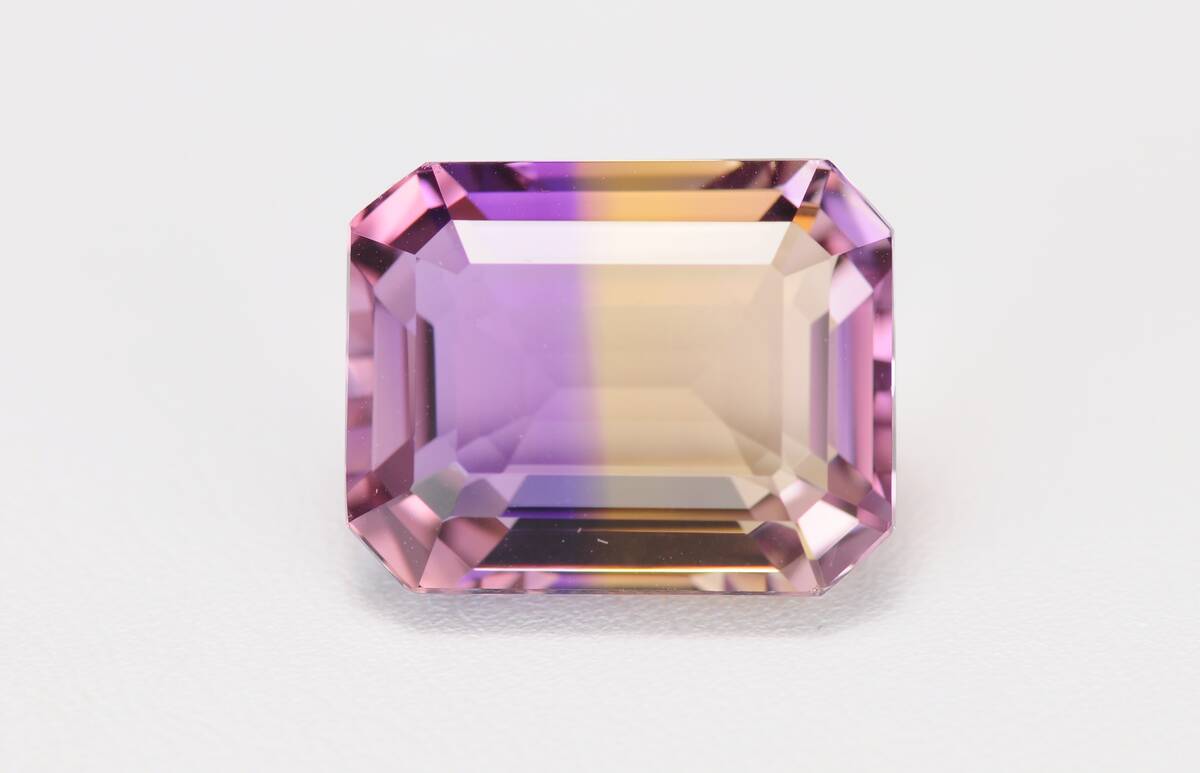
 In short
In short
There is an unusual and beautiful variety of quartz: ametrine. And there is only one mine in the world where this wonder of nature is mined: Anahi Mine in Bolivia.
 37.8%
37.8%
GPS coordinates
Location, address
Gemstones
Map of the site
If you see this after your page is loaded completely, leafletJS files are missing.
 In detail
In detail
Varieties of quartz
Quartz crystals come in several amazing varieties: colorless and pure (rock crystal), rose-colored (rose quartz), grey (smoky quartz), black (motion quartz), and many others.
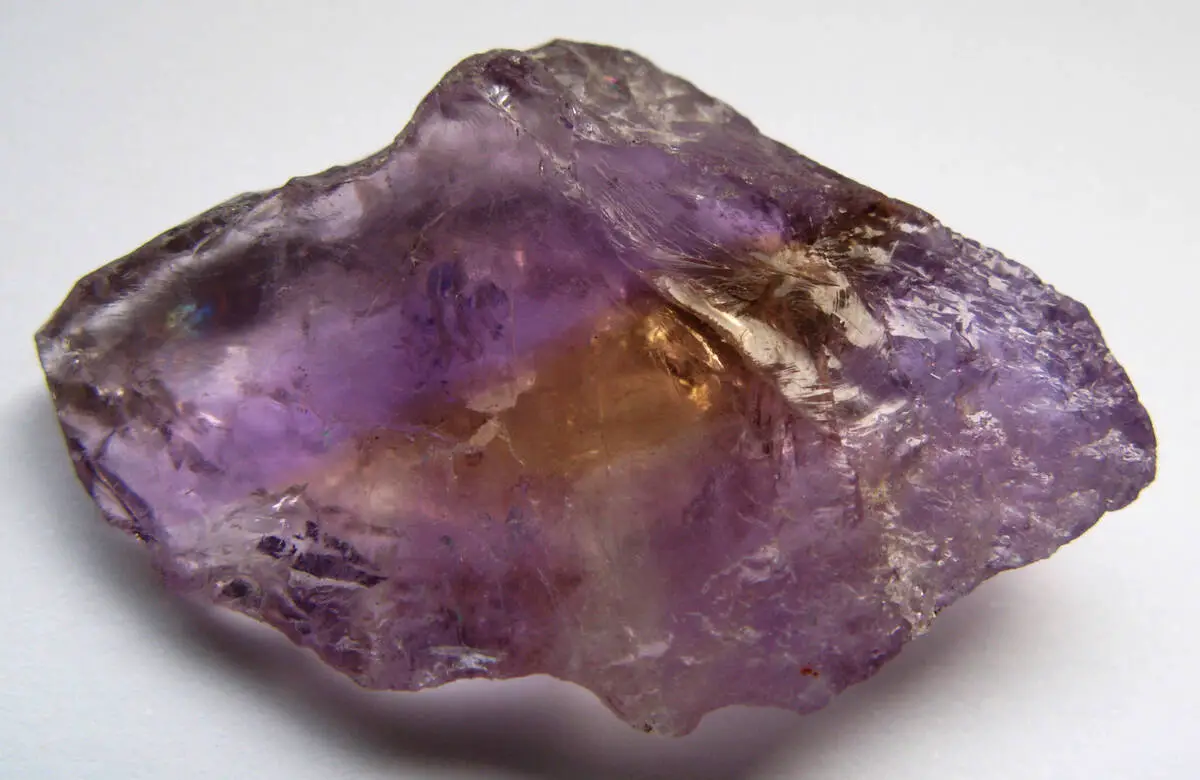
One of the best-known varieties is amethyst, a stone with an otherwise rare color for transparent gemstones: purple. Most frequently this color is created by ferric particles in the crystal. Amethyst is found in many locations around the world and belongs among the most popular gemstones.
Another well known variety of quartz is the yellow citrine. Gem-quality citrines are a lot more seldom in nature and most of the citrine in the market is created artificially, by heating and irradiating less valuable pieces of amethyst. The coloration mechanism of citrine is not entirely clear, but, formally, iron-colored quartz is not considered to be a citrine even if it might have a brownish-yellow color.
And then there is amethyst-citrine or ametrine – gem quality stone which is part amethyst and part citrine (although, formally this yellow quartz is not a citrine because it is colored by iron). Occasional finds of these stones are known in several places around the world (Mozambique, Canada, and the United States) but there is only one commercial mine of this unusual gemstone: Anahi Mine in Bolivia.
Geography and geology
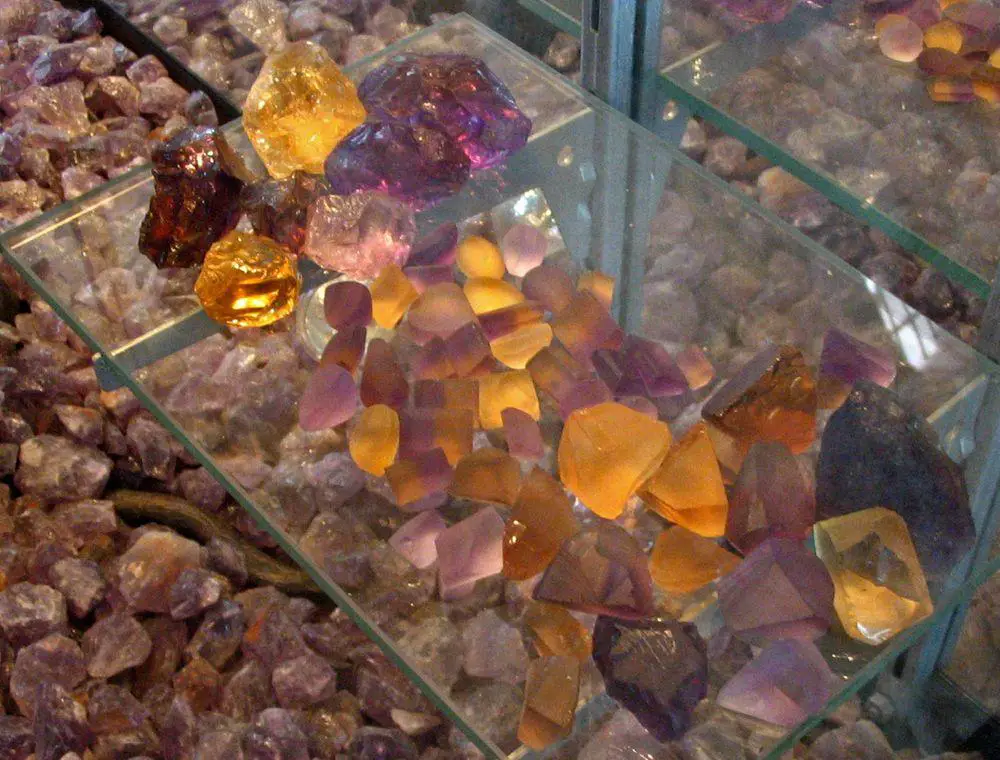
Anahi Mine is located in the very east of Bolivia, near the border with Brazil. It is located on the western slopes of a low ridge that rises some 200 m above the surrounding plains of Pantanal.
This part of Bolivia still is fairly virgin. There are no roads, no fields, and no clearings in the forest, except for the mine and airfield near it.
This ridge is a fault line, where limestone and dolostone rocks have contact with quartz. Over the millions of years, the limestone and dolostone in many locations of this contact zone have been dissolved by water. But during this extremely long process crystals of ametrine formed in the quartz layer. The several meters large cavities in these contact zones are completely covered with these crystals.
Legend of princess Anahí
According to a legend, in the 17th century, a Spanish conquistador, Felipe de Urriola y Goitia, married a princess of the Ayoreo people. The name of the princess was Anahí and as a dowry, the Spanish conquistador received a cavern that was lined with these unusual jewels. A sample of this stone – the necklace of princess Anahí – reportedly was presented to the Spanish monarch.
This legend in slightly different forms today is repeated and is fairly popular, but, unfortunately, there are no facts to prove it.
The fate of Ayoreo people today is not simple. Part of these people live in the rainforest and prefer to be uncontacted tribes, part is trying to adjust to contemporary life in Bolivia and Paraguay.
The history of Anahi Mine
Illegal mining
During the following centuries ametrine stones appeared in the markets of this part of South America but the location of the mine was not known to the general public. It is possible that Ayoreo people occasionally mined these stones and sold them in the nearby markets.
In the late 1970ies started more intense mining activities. By this time jewelers realized that two-colored quartz is not an imperfection but rather a valuable peculiarity. Miners arrived from Brazil, Paraguay, and, of course, Bolivia and were illegally digging the stones, although the area was guarded by a military station that was located nearby. According to local stories, this was made possible by bribes.
The access to the mine and reaching the nearest markets and selling the gemstones was an adventurous and risky feat. Bolivia did not allow mining ametrine and Brazil did not allow importing these stones from Bolivia. Nevertheless, they reached Brazil and, to hide the violations, sold as stones that were mined in Brazil. To hide the traces of these deals, miners facilitated rumors about the finds of ametrine in diverse locations in Brazil and even in Uruguay.
Due to these conflicting messages and no traces of real mining in Brazil, many gemmologists considered that ametrine is not natural.
Some specialists in the 1980ies even managed to create it artificially by irradiation and heat treatment of a natural Brazilian amethyst – although the result was not too similar to real ametrine. More successful was the synthesis of ametrine in Russia in the 1990ies – this material is hard to distinguish from natural ametrine.
Contemporary mining operations
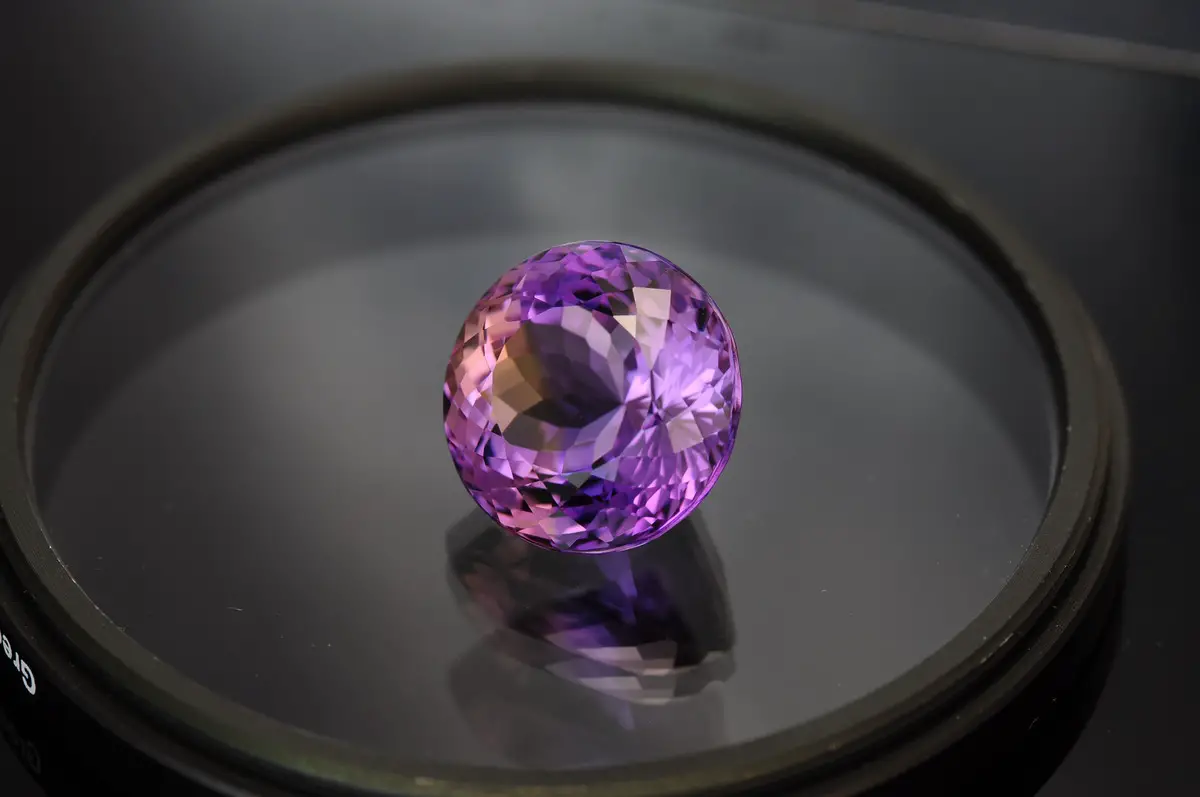
In 1990 Anahi Mine was obtained by its present owner – a Bolivian company Minerales y Metales del Oriente. The new owners named it in the name of the legendary princess Anahí.
The location of the mine became publicly known and the sales of raw materials were allowed as well.
The access to Anahi Mine is not simple even today. Around the mine are virgin rainforests and swamps. Some kilometers from it is a dirt strip for single-engine aircraft that operates only in the dry period of the year.
Mining is done in pits and trenches – today all the mining is underground.
The most abundant gemstone of Anahi Mine is a high-quality amethyst. This stone should be protected from bright light to avoid the loss of its color. There is mined also a lavender-colored variety of amethyst. This unique stone is called anahite. Anahi Mine is also one of the rare large-scale sources of high-quality yellow quartz that is called citrine, although, as mentioned above, formally this is not a citrine.
But, of course, the best-known jewels in Anahi Mine are ametrines.
References
- Paulo M. Vasconcelos, Hans-Rudolf Wenk, and George R. Rossman, The Anahi Ametrine Mine, Bolivia. Gems&Gemology, Spring 1994. Page accessed on the 29th of October 2022.
- Minerales y Metales del Oriente, the official website of the owners of the mine. Page accessed on the 30th of October 2022.
Anahí Ametrine Mine is included in the following article:
 Linked articles
Linked articles
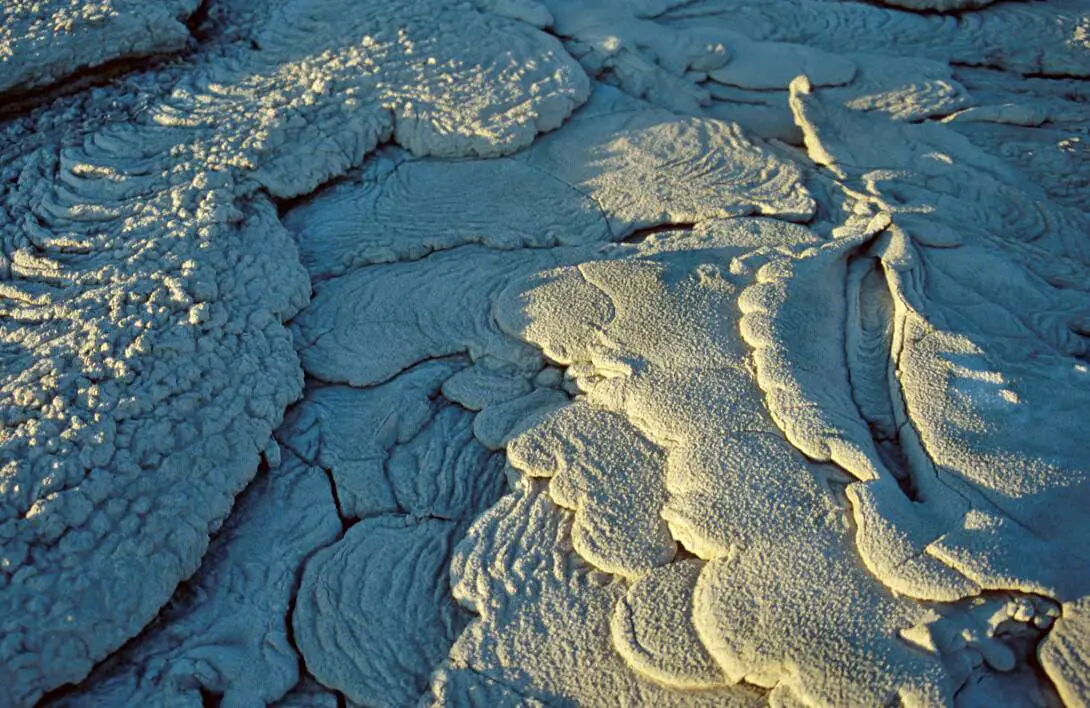
Rare natural materials
There are places in the world, where one can find such materials which are not present anywhere else on Earth – or can be found just in a few places. These wonders are included in the category of rare natural materials.
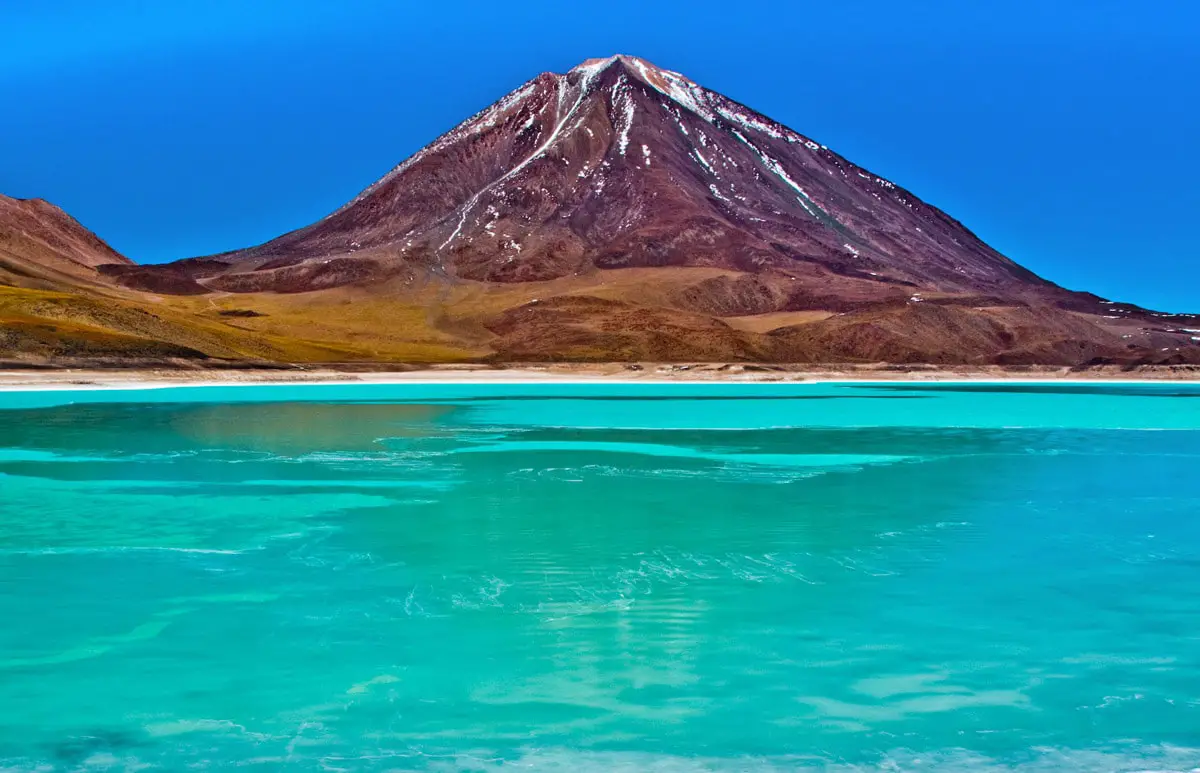
Wonders of Bolivia
It would be modest to say that Bolivia is an exciting country: Bolivia IS full of unexpected, pleasant surprises!
This country has an amazing natural diversity – from highland deserts and snow-capped mountains to wast lowlands covered with tropical forests. Here are found all kinds of landmarks. Some landmarks are well known internationally, but many (undeservedly) – are not, and many still are waiting for their discovery.
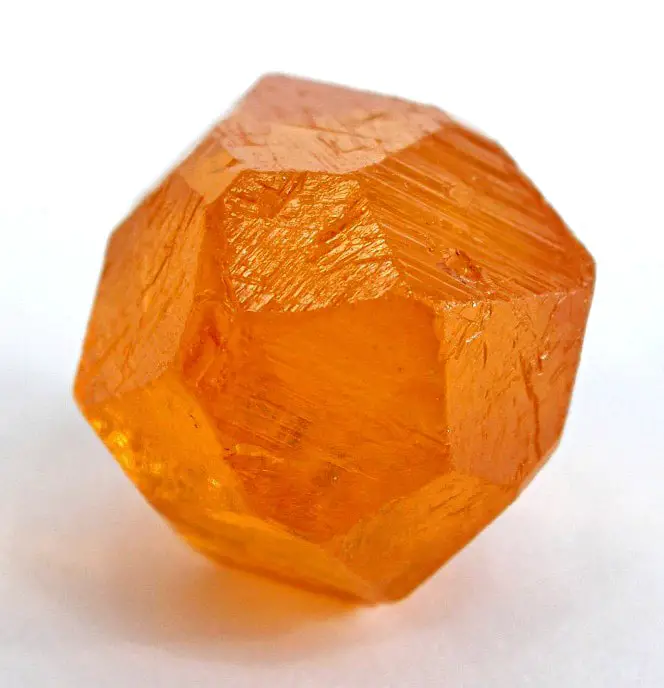
Gemstone finds
Gemstone finds are locations where are found rare and beautiful stones which that can be used for jewelry and have high market value.
Many finds of gemstones, such as jadeite mines in Guatemala or Sar i Sang lapis lazuli mines in Afghanistan – have been used for millennia and are legendary places.
 Recommended books
Recommended books
Collector’s Guide to Quartz and Other Silica Minerals
Quartz is prized by both mineral collectors and lapidary artists. Over 130 vivid photographs of these beautiful minerals are presented to show each mineral in its geological context. Superb examples are found in diverse geological settings from pegmatites to Alpine clefts and hydrothermal veins.
Rare Gemstones and Unknown Precious Stones
Diamonds, Pearls and so on we know. But have you ever wondered what other great gems and precious stones exist apart from the ones we usually know? This book tells you more about them in an easy-to-follow way. You will also read some stories about famous stones and get some buying tips.


